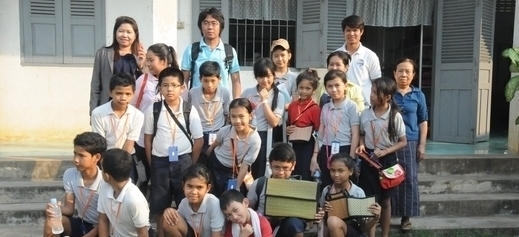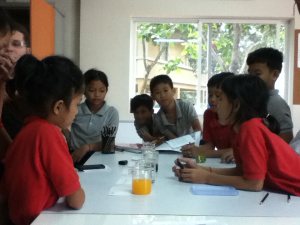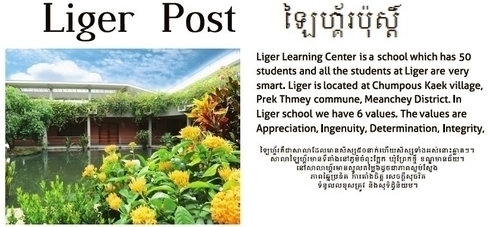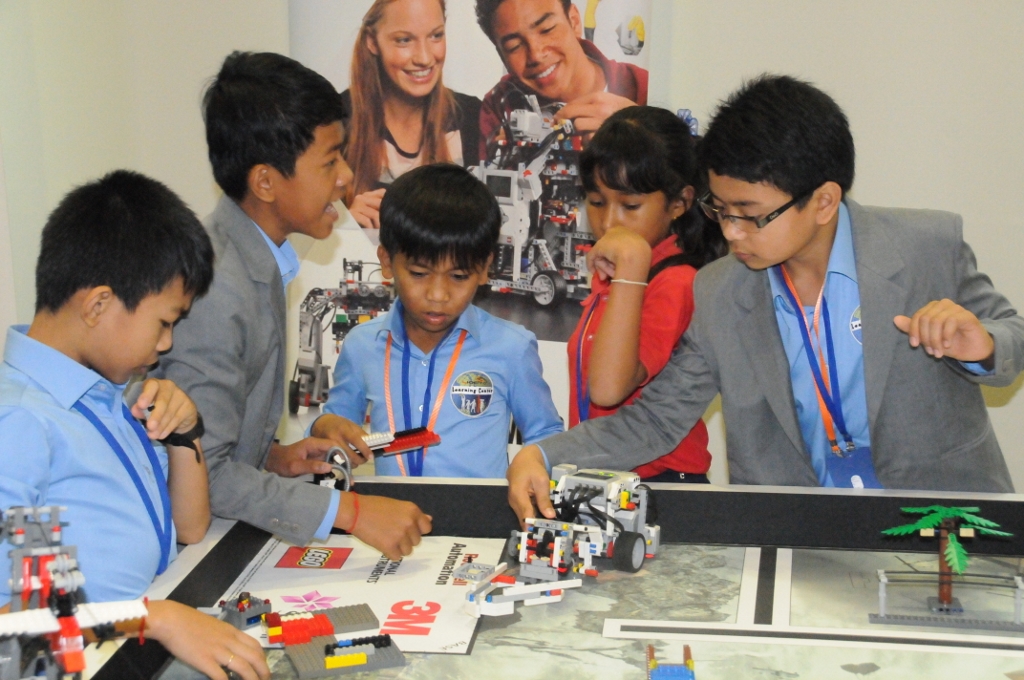Exploration name: Ecotourism
Exploration dates: August 13-October 3, 2014
Number of students: 13
Essential questions:
(1) What is ecotourism?
(2) How can ecotourism help change our country?
Ecotourism means to travel to natural areas that protect environment and help people life at location became better. Ecotourism was also about helping to preserve the environment. Our ecotourism group went to Chi Phat to study about the ecotourism in Chi Phat. Also we learned about how ecotourism in Chi Phat are different from other ecotourism sites. Our big goal when we went to Chi Phat was to interview as many people as possible. We interviewed different people to get different answers and all the people had different perspectives. After we interviewed a lot of people we came back and studied about the information we found some areas of concern. Our group made a recommendation to Chi Phat community about the areas of concern. Some areas of concern are education, transportation, marketing, collaboration, and energy. After we finished we will send it to Martin and Prom Hong, the CBET (Community Based Ecotourism Site) directors.






